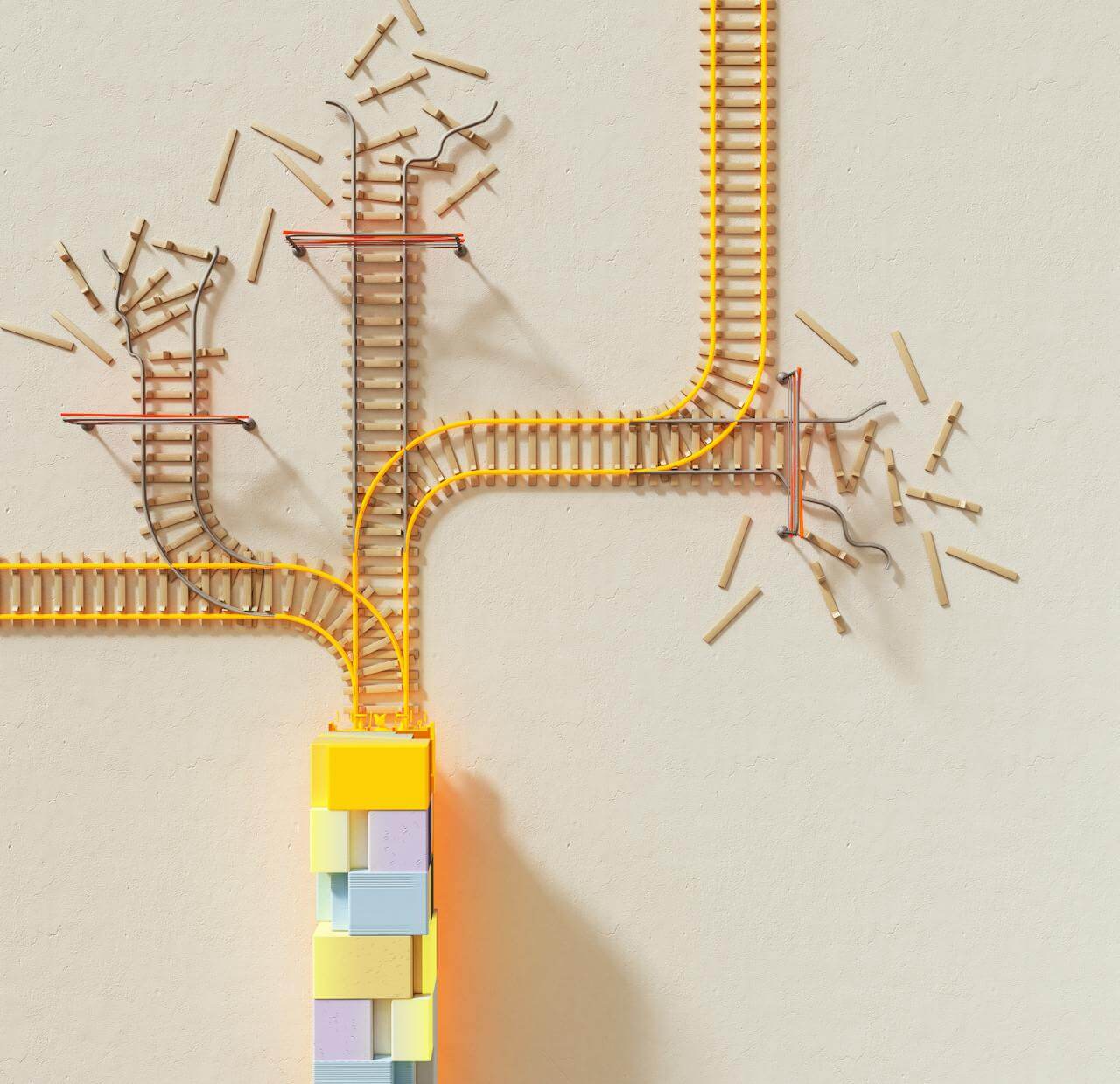It’s easy to assume that PDA kids hate structure. They resist routines, reject instructions, bristle at reminders. So adults often throw up their hands and say, “Well, they just don’t want any rules.” But this assumption mistakes the child’s pushback for disinterest—when in fact, it’s about survival.
The truth: They want predictability—they just want to be the spice
PDA children often crave consistency and predictability in their environment. They feel safer when they know what’s coming, when there’s rhythm and structure and reliability. But they also want to feel like the wild card in the room—the one who still has agency. They want to be able to change their mind, to influence the plan, to decide when and how they enter into it. What they resist is not consistency itself—it’s being overpowered by it.
When structure is rigid, imposed, or non-consensual, it can feel like being locked in. But when structure is steady, soft, and open to collaboration, it becomes something they can lean on. They don’t want to be in chaos. They just don’t want to be coerced. And there’s a big difference.
The practice: hold a steady rhythm, not a tight grip
One way to think about this is like cooking. I’m a chaos agent in the kitchen—I rarely follow a recipe—but I have certain anchor meals in my brain. I know I’m making pierogies, even if one day I top them with butter and fried onions and another day with salsa and sour cream. That’s what structure can look like. You don’t need everything to be scripted. You need familiar rhythms that leave room for variation. Create recipes for your life that your child can learn to expect, and then leave space for them to add their own flavour.
Build structure like scaffolding—not a cage. Use routines as a background pattern, not a set of fixed demands. Let them know what to expect, but leave space for their input. Say, “Here’s the general plan,” not “This is what’s happening.” Invite them to tweak the order, change the pace, skip a step and come back later. Make room for their unpredictability inside a predictable frame.
Think of yourself as the base drum in the background. You set the rhythm. They riff.
Another way to think about it is like being at a camp or on a cruise, where there’s a predictable daily schedule of lovely activities—arts and crafts, games, nature walks—and every person gets to choose whether to participate or stay in their room and read or chill. The structure is real. It’s clear. And it’s comforting precisely because participation is optional. That kind of predictable, low-pressure rhythm is deeply relaxing, and that’s the kind of predictability that PDA children thrive in.
-
Negotiation is critical
Many of us carry internal scripts about what it means…
Why it works
Children feel safer when the world around them feels stable—but only when they don’t have to fight that stability for a sense of self. When you hold consistency loosely—when you make it something they can play inside, not be ruled by—you meet their need for both safety and agency. That combination is where trust grows.
If you’re the parent
You might find yourself stuck between two fears: “If I don’t hold things together, everything falls apart” and “If I hold too tight, they’ll explode.” The truth is: you can be consistent without being controlling. You can show up the same way every day, even while letting the plan flex. That steadiness is what your child will remember—not the details, but the feeling of being allowed to move freely in a world that holds them.
If you’re the teacher
Don’t take the child’s resistance as a rejection of structure itself. Offer them the frame—what the day will look like, what choices exist, how transitions will happen—but then give them space inside it. A whiteboard with options. A visual schedule with movable parts. A plan that says “this is the direction” without dictating the exact path. You provide the rhythm. Let them be the improvisation.












